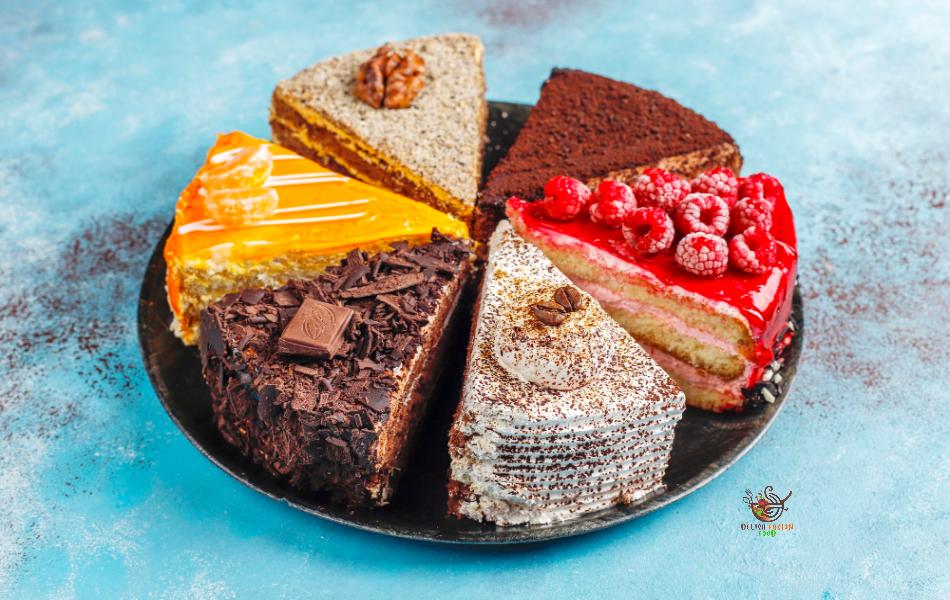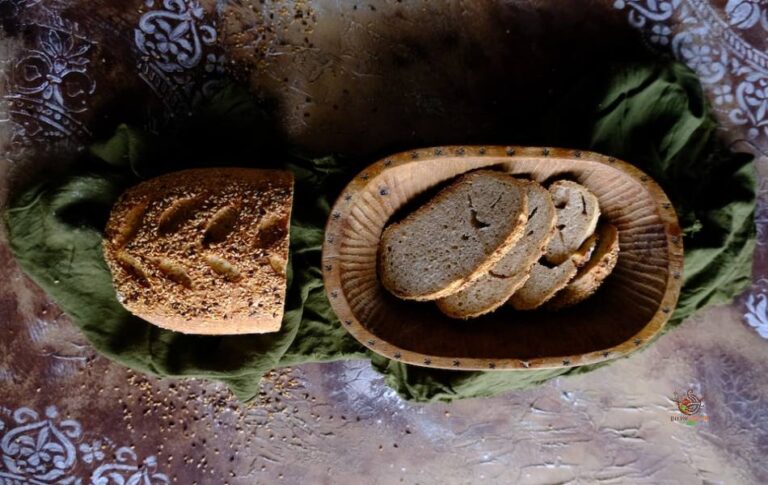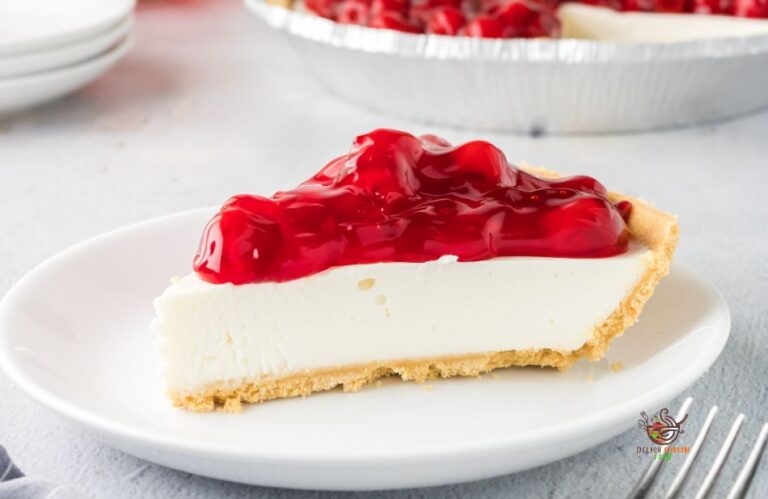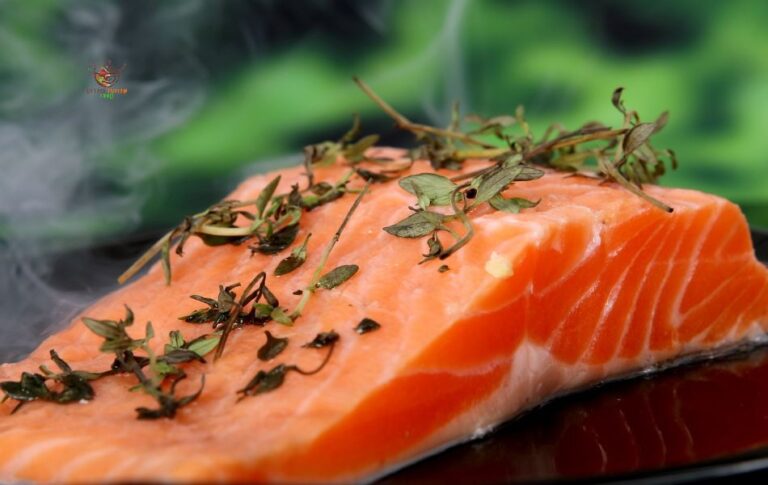How to Thaw Frozen Cake: What’s the Best Method?
Whether you’re a professional baker storing cakes for clients or a couple marking their first anniversary, learning to thaw frozen cake is useful. While you can thaw a whole cake, many prefer smaller portions for convenience.
Thawing a frozen cake isn’t difficult, but it does require time. The process can take up to a full day, depending on the cake’s size. To thaw a cake, you can place it in the fridge, let it defrost at room temperature, or use a combination of both methods.
While your reason for thawing a cake may differ, the approach remains consistent. Fortunately, cakes are less prone to bacterial growth, alleviating concerns compared to thawing meat or dairy products.
Significance of Correct Thawing
Thawing a cake properly is crucial to maintain its deliciousness. It allows moisture to spread evenly, ensuring a moist and flavorful dessert. Improper thawing can cause uneven moisture distribution, impacting taste and texture. Follow the recommended methods to keep your cake tasting fresh.
Thaw Frozen Cake: 4 Methods
Thawing Frozen Cake in the Refrigerator
Defrosting a frozen cake in the refrigerator is the most secure approach, ensuring an even thaw. While a whole cake may need 24 to 48 hours, smaller cakes or layers might defrost in just a few hours. Remember to let the cake sit at room temperature for an hour or two before serving. This gradual thawing process helps prevent bacteria growth and maintains the cake’s texture.
To prevent moisture loss, keep the cake wrapped during thawing. This retains moisture and prevents drying. After thawing, store the cake in the refrigerator to maintain freshness. Avoid frosting immediately after thawing to prevent wet frosting due to melting ice crystals.
Thawing Cake on the Counter
Thawing a frozen cake on the counter is a handy and speedy method, particularly for smaller cakes or layers. However, this method is suitable only for cakes without frosting that contains eggs or dairy, as it may lead to bacterial growth. To thaw your cake on the counter, place it on a wire rack to prevent sticking and allow air circulation.
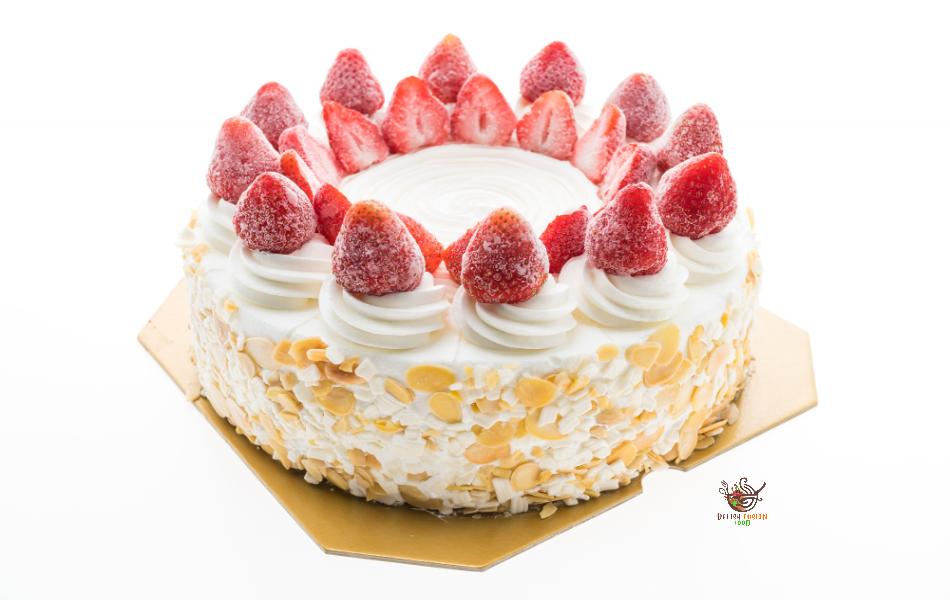
The time needed for a cake to thaw on the counter varies based on its size. Thinner cake layers may take approximately 2-3 hours to defrost, while larger cakes will naturally require more time. It’s essential to closely monitor the thawing process to prevent the cake from becoming too warm or starting to melt.
Thawing a cake on the counter may be quicker, but there’s a risk of it drying out if it isn’t very moist initially. To prevent this, keep the cake wrapped during thawing to retain moisture. Once fully thawed, store it in the refrigerator promptly to prevent moisture loss.
Microwave Thawing for Frozen Cake
Using the microwave to thaw should be the last option since it might affect the cake’s texture and moisture. It’s best for smaller cakes or individual slices.

If you’re in a hurry, you can use a microwave to thaw a frozen cake. But be careful to avoid overheating or uneven thawing. Follow these steps:
- Take off any wrapping from the frozen cake and put it on a microwave-safe plate.
- Use the defrost or low-power setting on the microwave.
- Thaw the cake in short bursts, usually 30 seconds each time, and check it often.
- Turn the cake around if needed to thaw evenly.
- After thawing, let the cake sit for a few minutes before serving.
Thawing a Frozen Cake Using a Hot Water Bath
Thawing a frozen cake using a hot water bath is another handy method. Especially for larger cakes or those with delicate decorations. Here’s how to do it:
- Fill a sink or a big container with lukewarm water.
- Make sure the water isn’t too hot to prevent melting or soggy cake.
- Wrap the frozen cake tightly and seal it in a waterproof bag to keep water out.
- Fully immerse the cake in the water bath, ensuring it’s completely covered.
- Let the cake thaw for 15-20 minutes, then take it out of the water.
- Dry the cake with a clean towel before unwrapping it.
Thawing a cake with a hot water bath needs close attention to prevent water damage. This method suits cakes needing quick thawing or those with delicate icing or decorations.
Tip for Preserving Cake Quality During Thawing
For the best outcome when thawing a frozen cake, it’s crucial to follow some tips to preserve its quality:
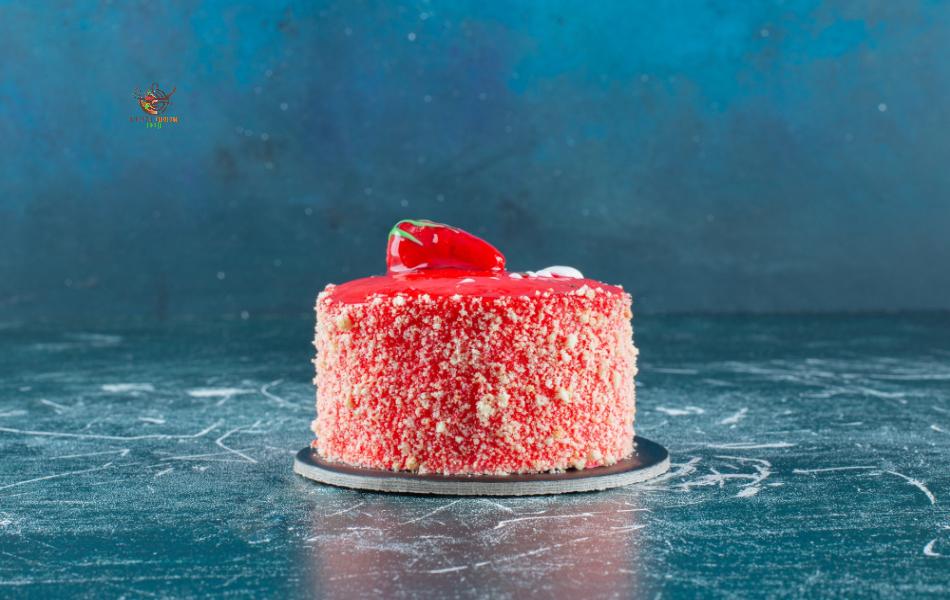
- Properly package and store the cake: Wrap it tightly or use an airtight container before freezing to prevent freezer burn and keep it fresh.
- Prevent moisture loss and condensation: Keep the cake covered during refrigerator thawing to retain moisture. For room temperature thawing, use a loose covering to prevent condensation.
- Thaw gradually: Choose slow thawing methods like the refrigerator to ensure even thawing and preserve moisture.
- Avoid refreezing: Once fully thawed, refrain from refreezing as it can alter the cake’s texture and taste.
By following these tips, your thawed cake will taste just as delicious as when it was freshly baked.
Avoid These Thawing Mistakes for Your Cake
When defrosting a cake, it’s vital to sidestep common errors that could impact its quality. Here’s what to watch out for:
- Avoid overheating or thawing excessively: Prolonged thawing or high temperatures can dry out the cake. Stick to the recommended thawing guidelines.
- Choose suitable thawing methods: Different cakes may not be compatible with specific thawing techniques. For instance, delicate cream-filled cakes might not hold up well in the microwave. Select the thawing method that matches your cake type accordingly.
Enhancing the Appearance of a Thawed Cake
Thawing a frozen cake doesn’t have to diminish its visual appeal. Here are some decorative techniques to make your thawed cake look as fresh and enticing as ever:
- Smooth Icing: Use a small spatula to fix any smudged or damaged icing, ensuring a flawless finish.
- Fresh Additions: Elevate your cake with fresh fruits, edible flowers, or mint leaves for a burst of flavor and visual appeal.
- Dusting Magic: Sprinkle powdered sugar or cocoa lightly over the cake to mask imperfections and add sweetness.
- Piping Perfection: Get creative with piping designs using a piping bag and various nozzles, from simple swirls to intricate patterns.
- Glittery Touch: Add edible glitter or sprinkles for a festive and fun sparkle, enhancing the celebratory vibe of your dessert.
Remember, let your creativity shine to make your thawed cake a visual delight!
Does Thawing a Frozen Cake Cause it to Dry Out?
Thawing a frozen cake can dry it out, especially if it isn’t very moist initially. During thawing, the cake’s moisture evaporates, leading to dryness. Keep the cake covered as much as you can while thawing to trap moisture and prevent it from drying out.
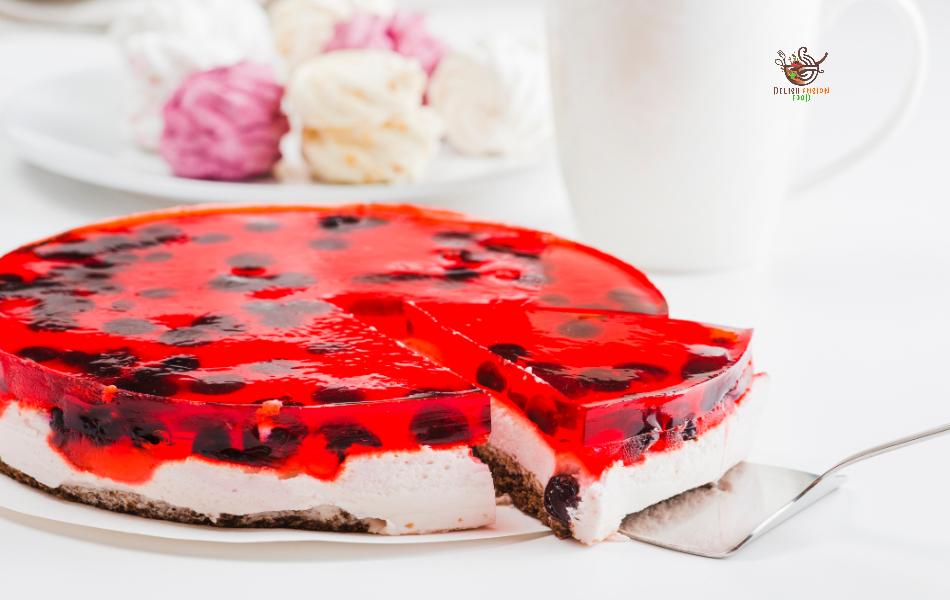
After the cake is fully thawed, promptly return it to the fridge to prevent further moisture loss. This is vital to maintain its moisture and prevent additional drying. Despite taking precautions, there’s still a chance of some dryness during thawing.
If you’re worried about your thawed cake becoming dry, consider adding a simple syrup or glaze to rehydrate it. Brushing a mixture of sugar and water or flavored syrup onto the cake’s surface allows the liquid to seep in, improving its texture and taste.
See Also – Freezing and Using Leftover Coconut Milk: Tips and Tricks
Thawing a frozen cake correctly is crucial to maintain its flavor and texture. By knowing various thawing techniques and following the right steps, you can keep your thawed cake delicious. Whether you opt for thawing in the fridge, at room temperature, with a microwave, or using a hot water bath, remember the tips to uphold the cake’s quality. With some care, your thawed cake can be just as delightful as freshly baked.

